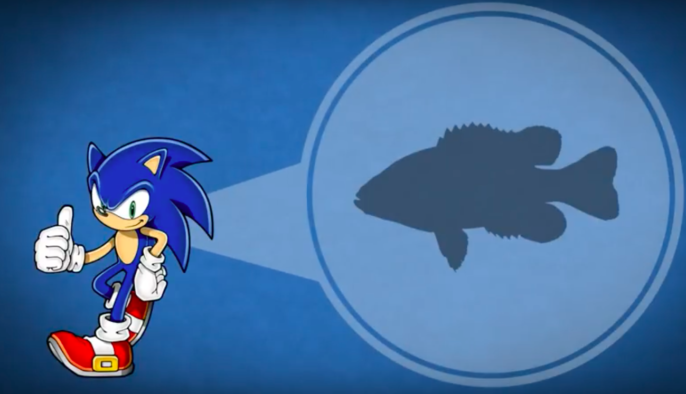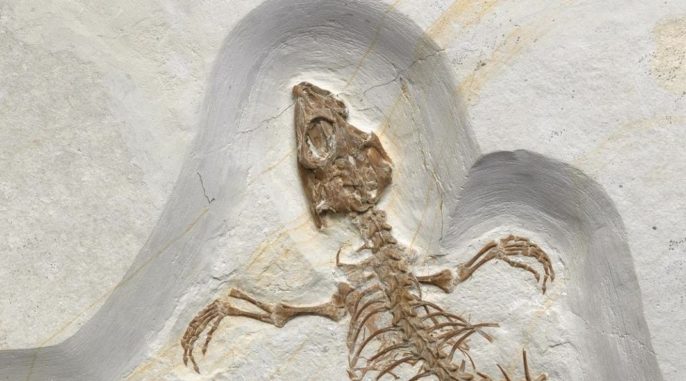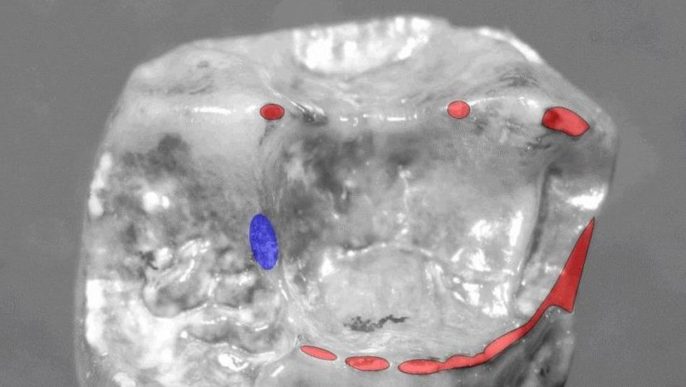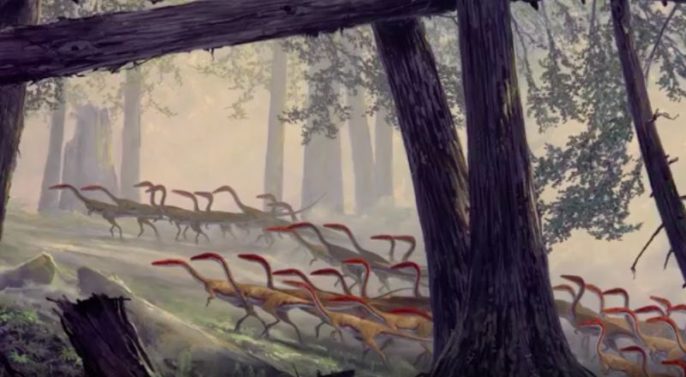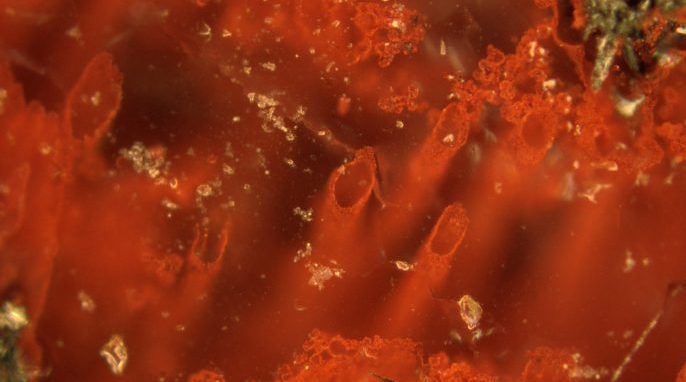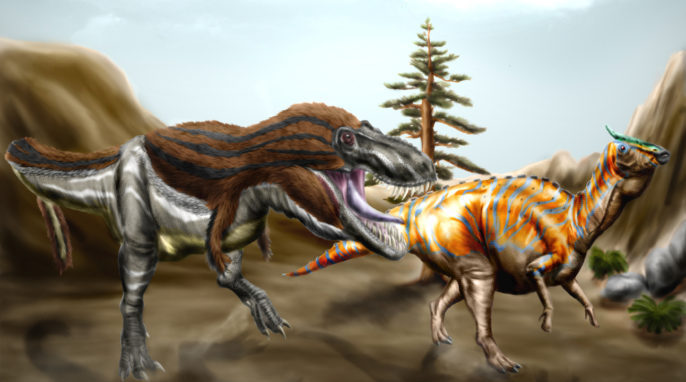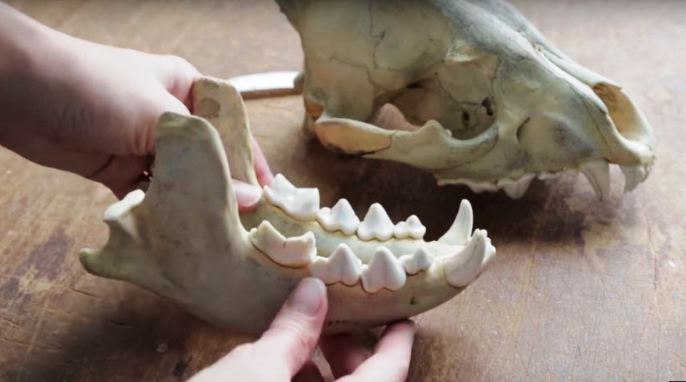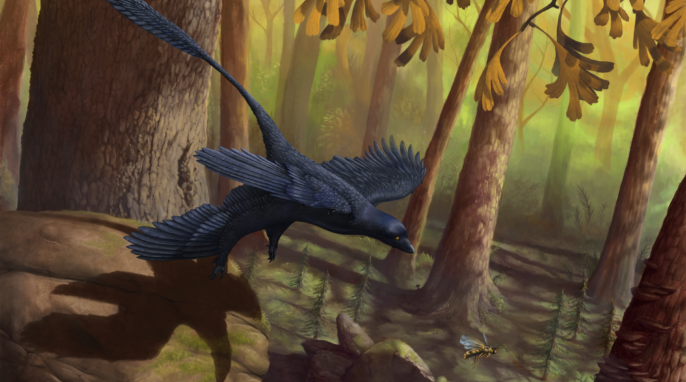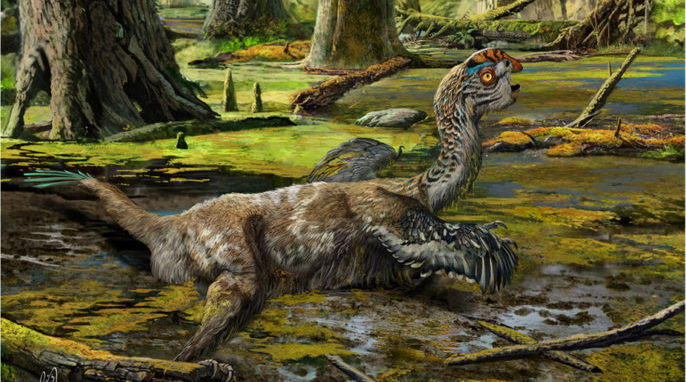Why Do Humans Have Thumbs and Not Fins?
Did you know we can trace the evolution of our hands, and thumbs, back to a 375 million-year-old fish called Tiktaalik? Watch this video with paleontologist and geneticist Dr. Neil Shubin to learn what a fish and a little blue hedgehog can teach us about the evolution of thumbs. This is a video from Dr. Joe Hanson’s It’s Okay To Be Smart series. Tiktaalik is a 375 years-old fish with fins. When we look under its fin rays and take off the scales, what we find are versions of our…
Read More
